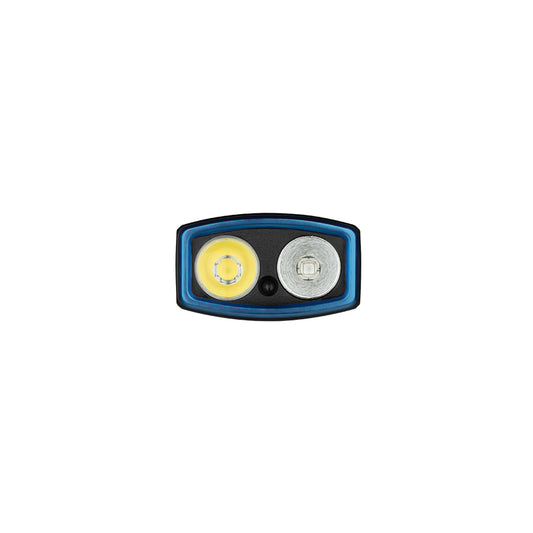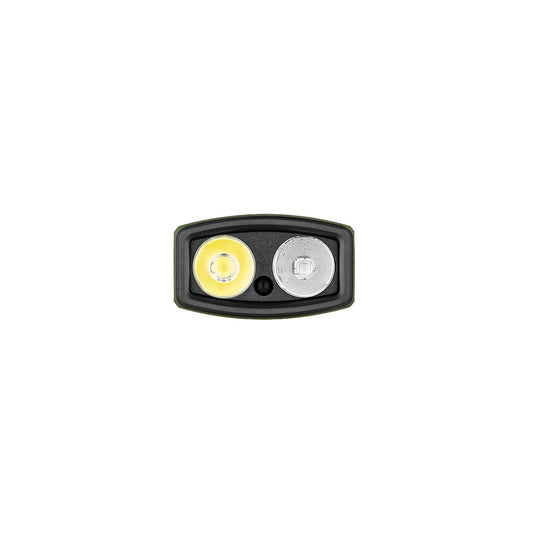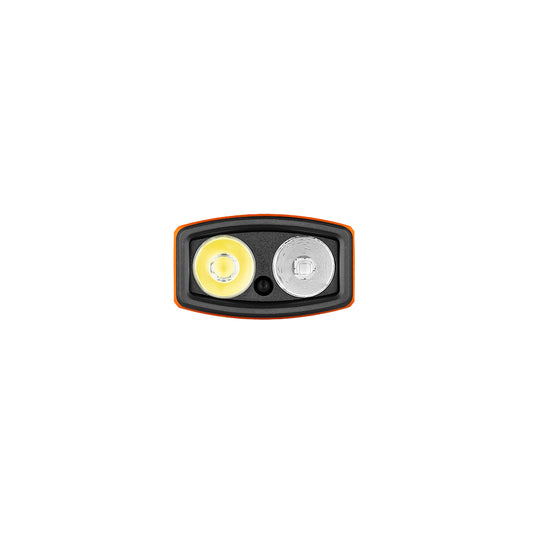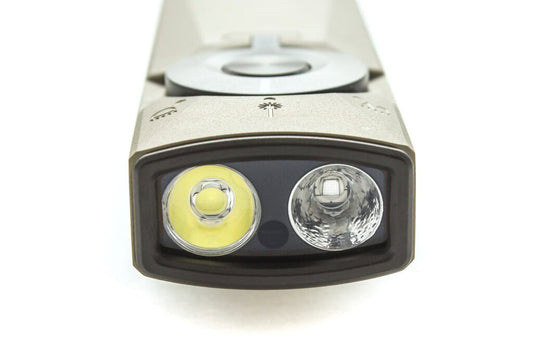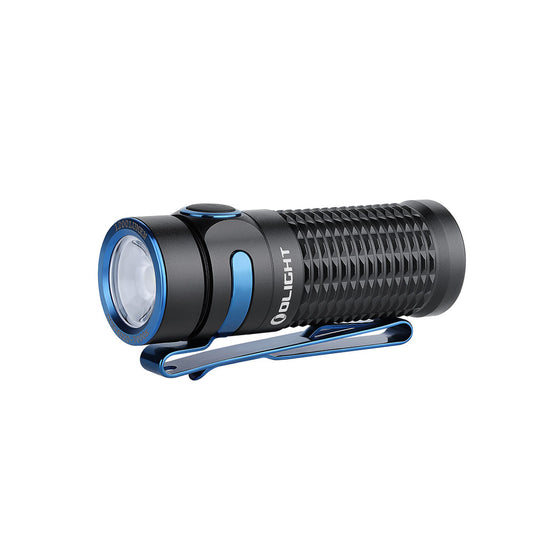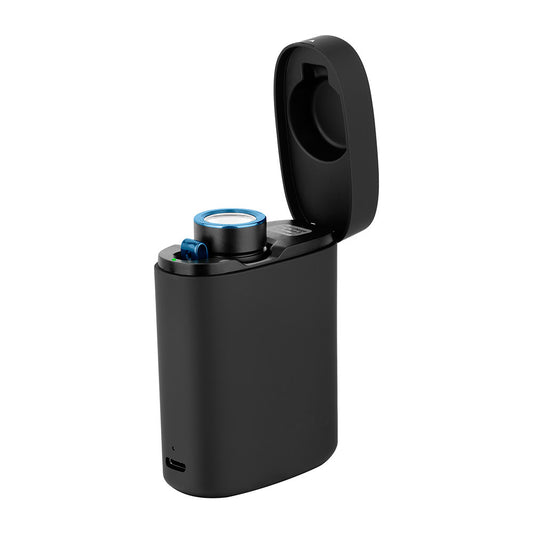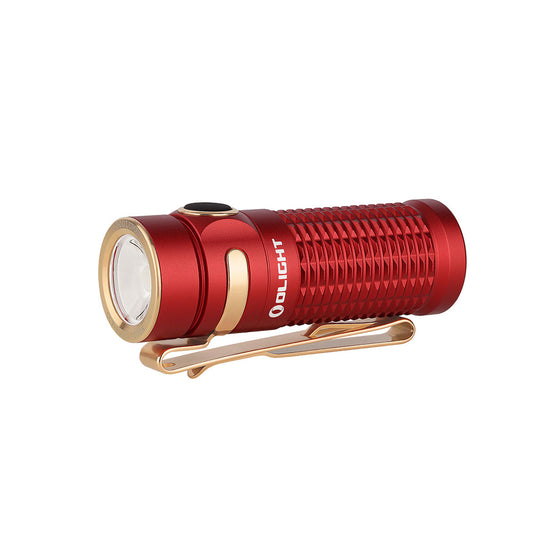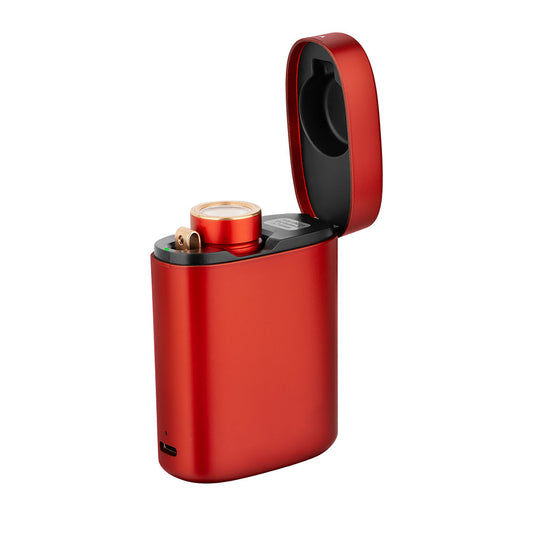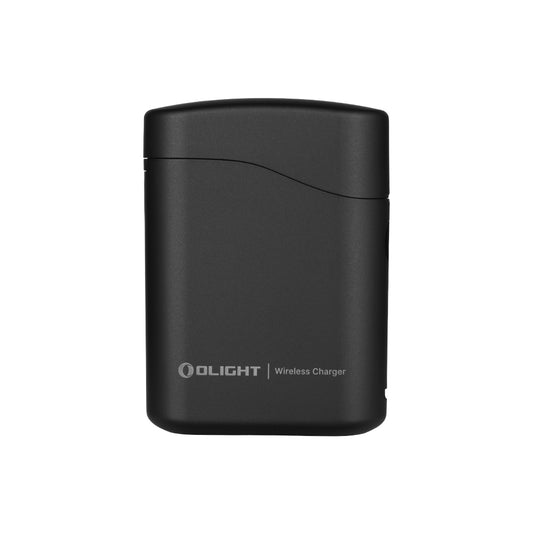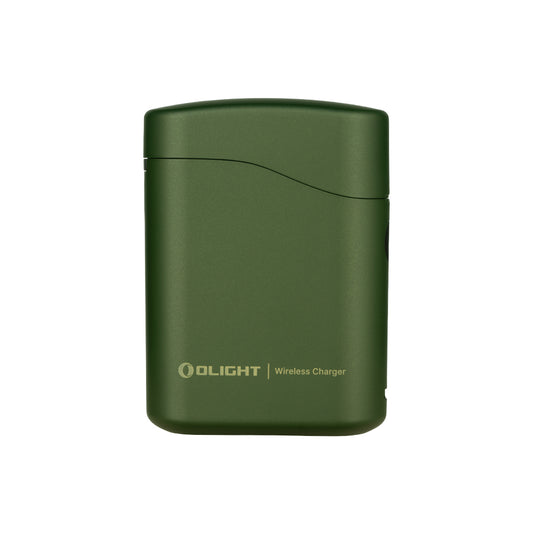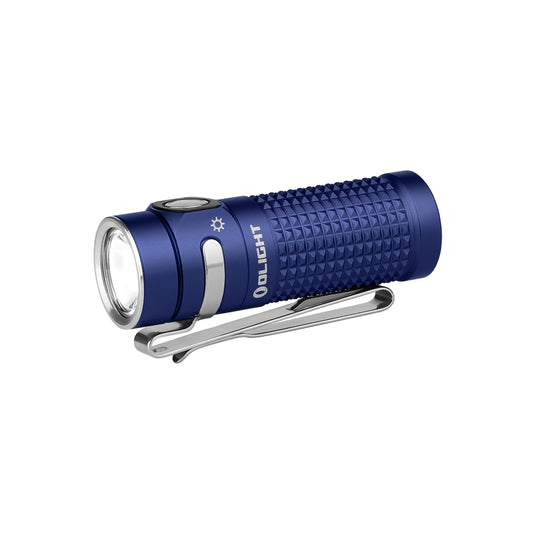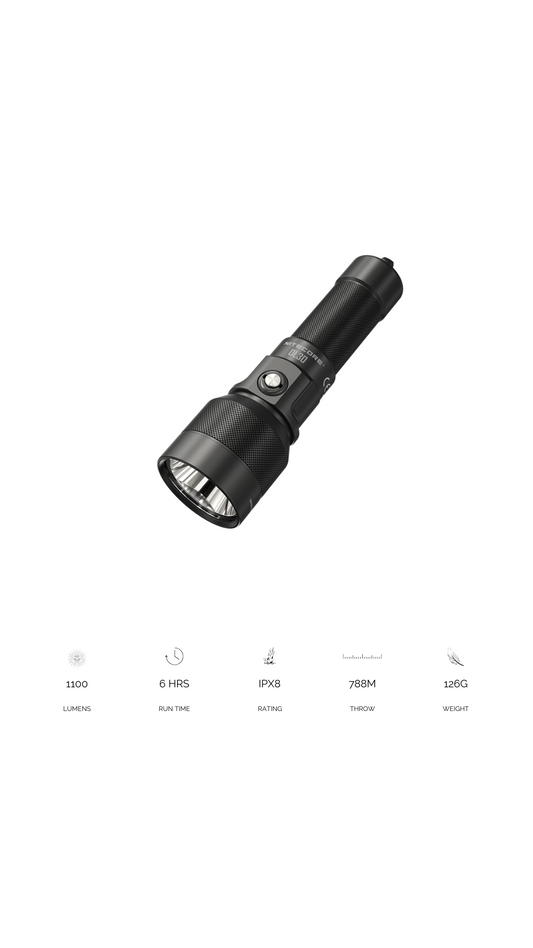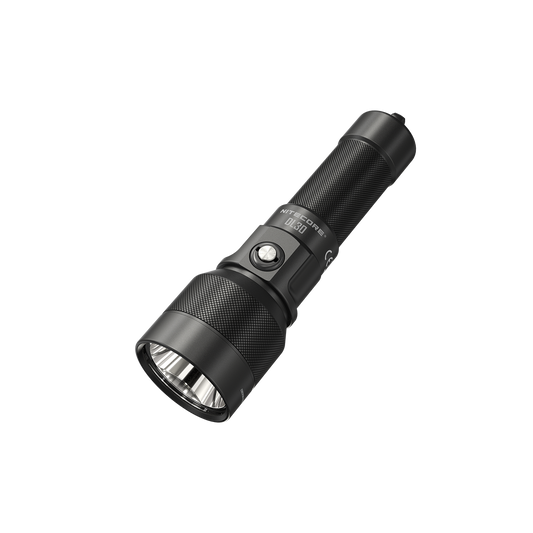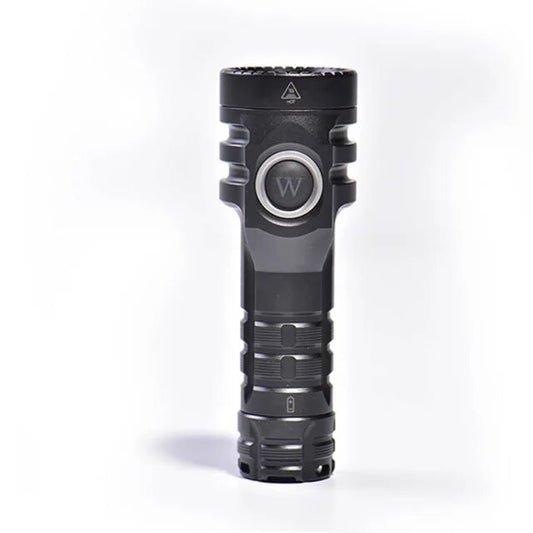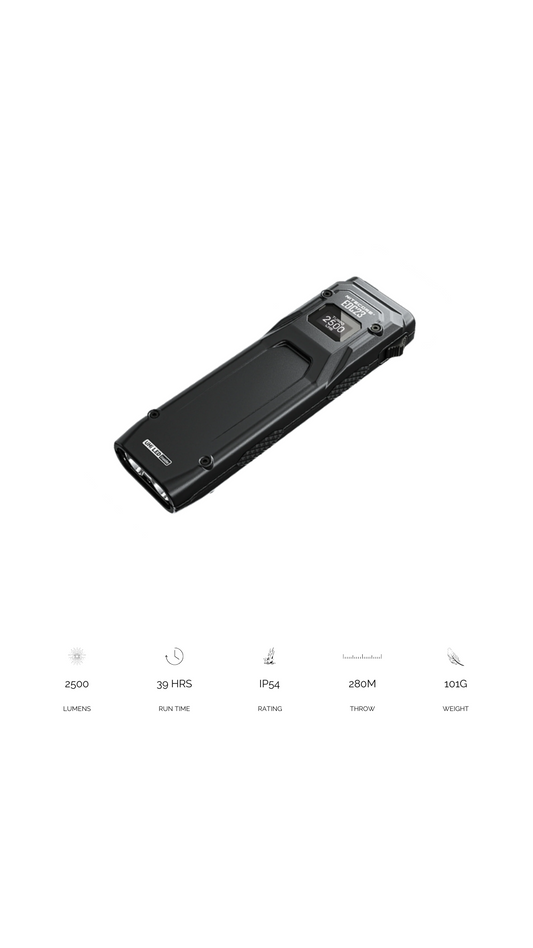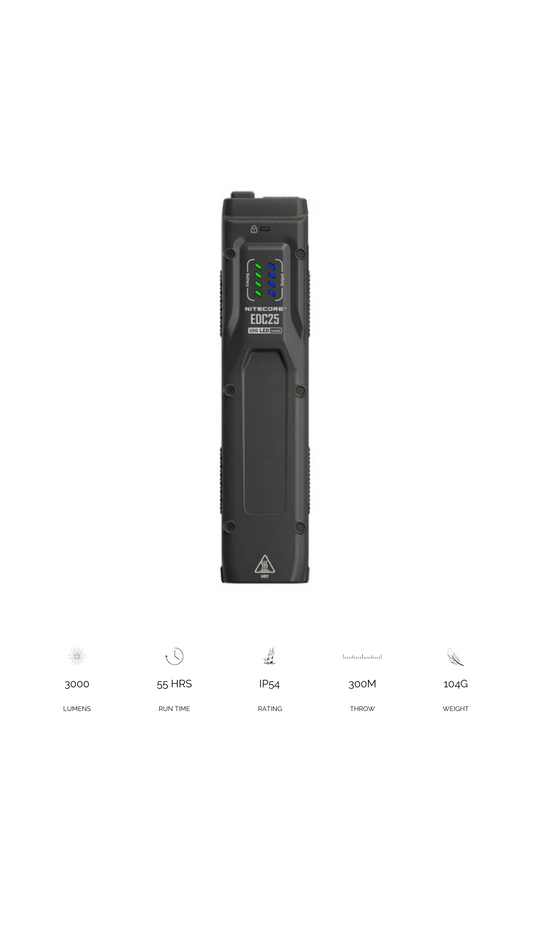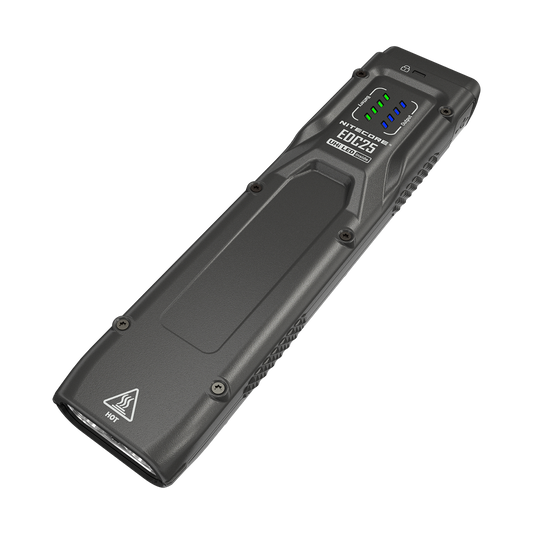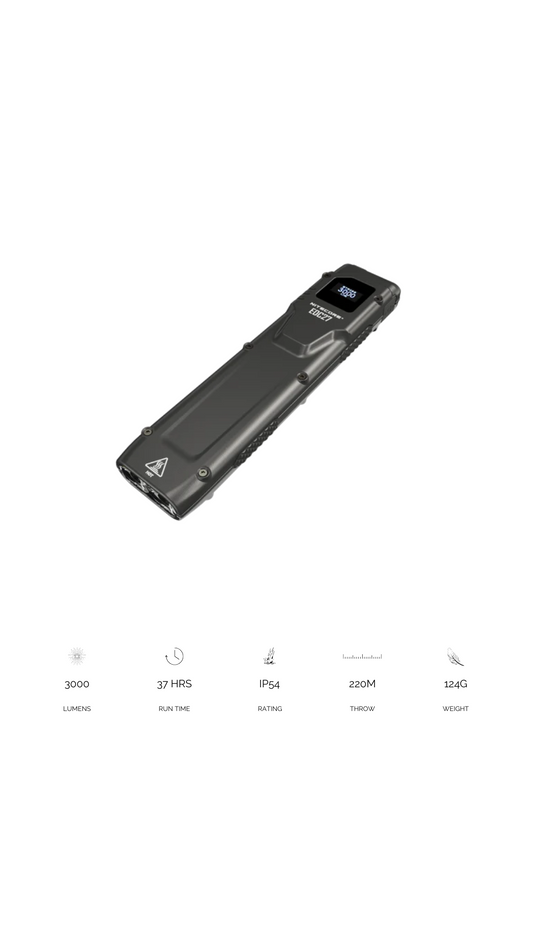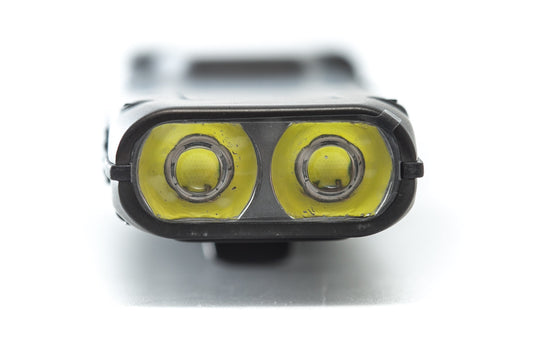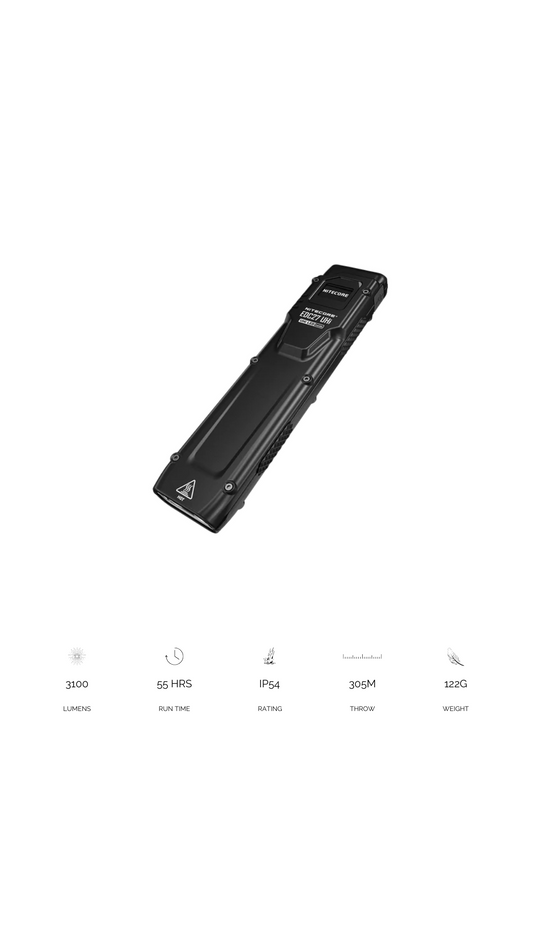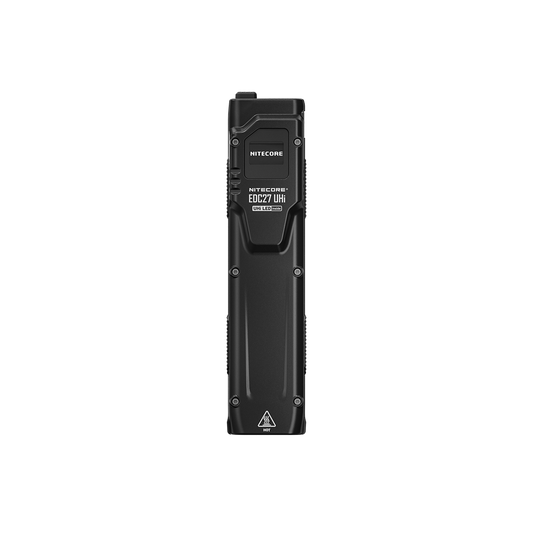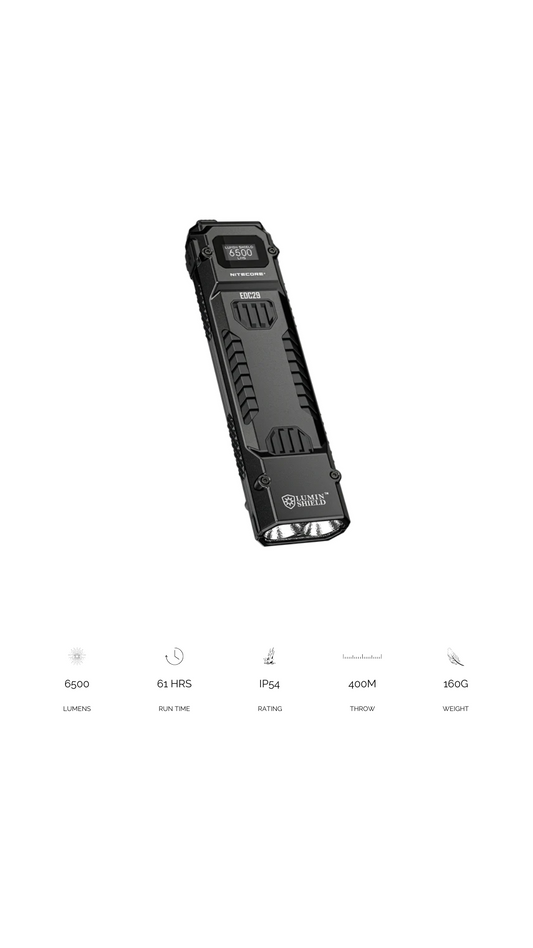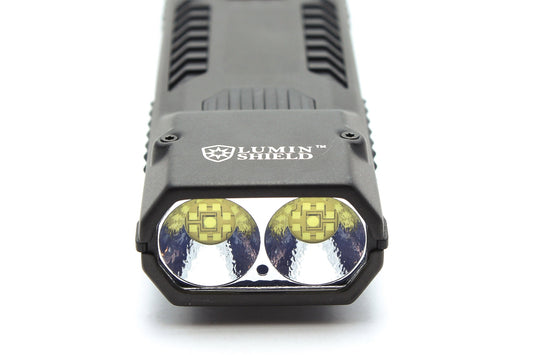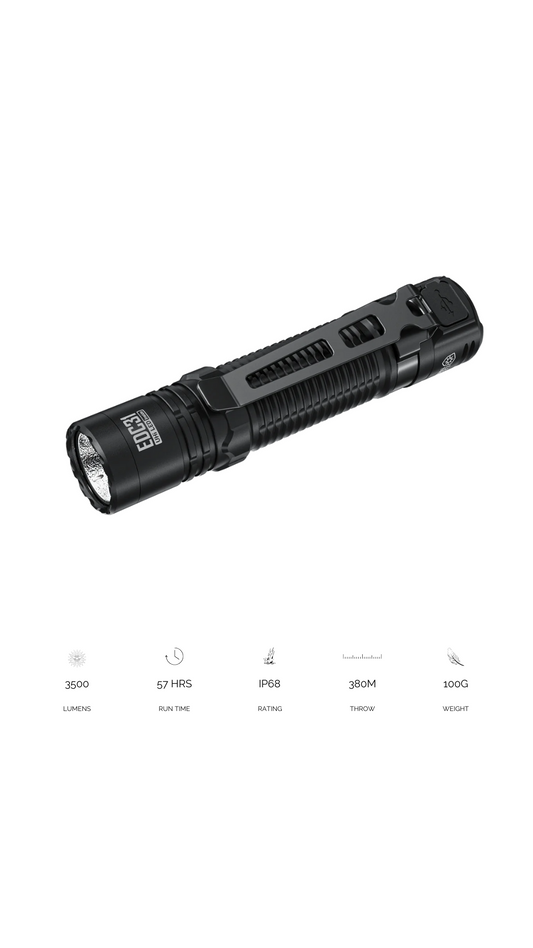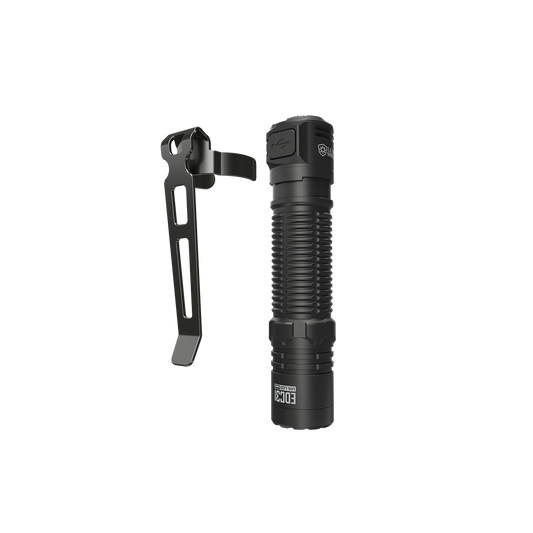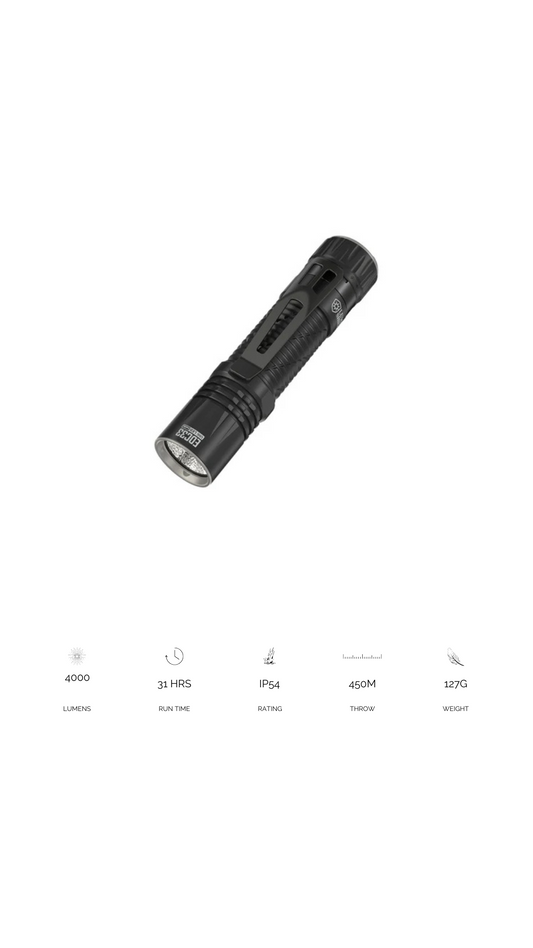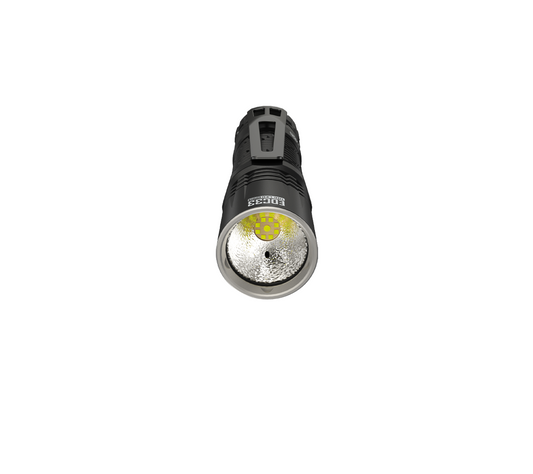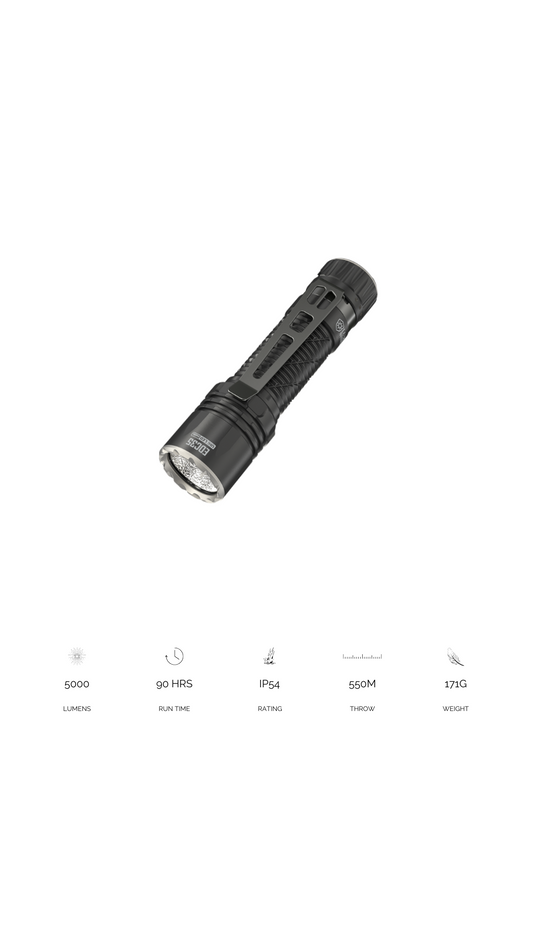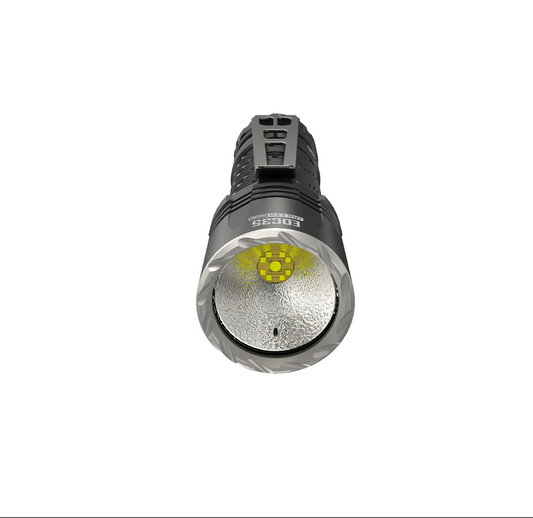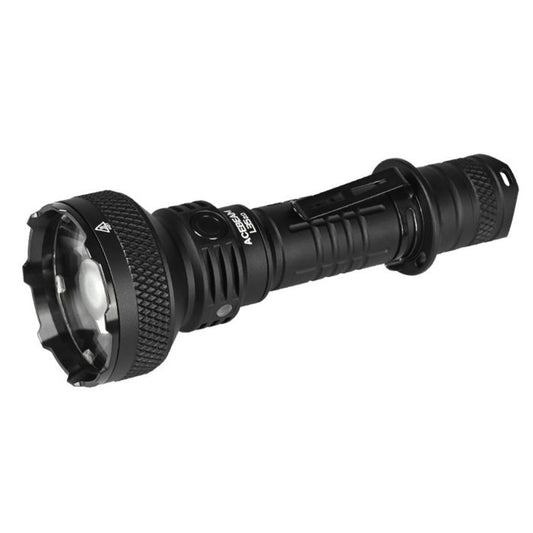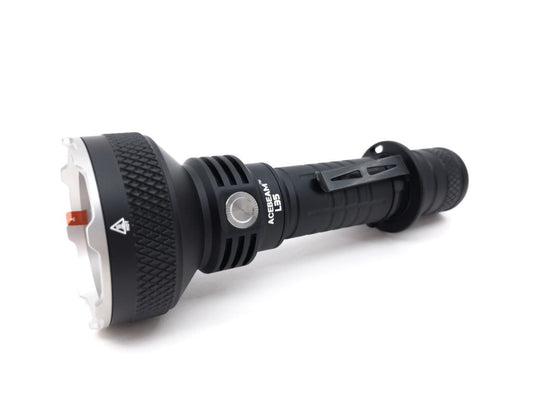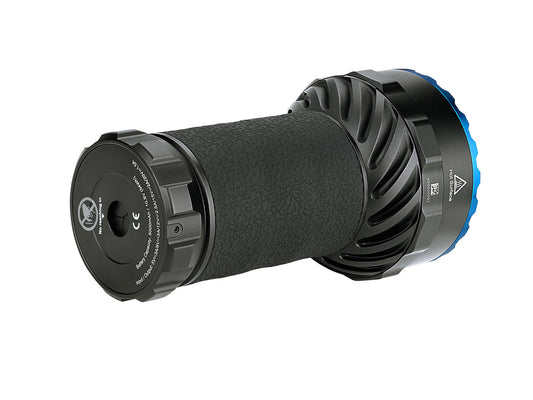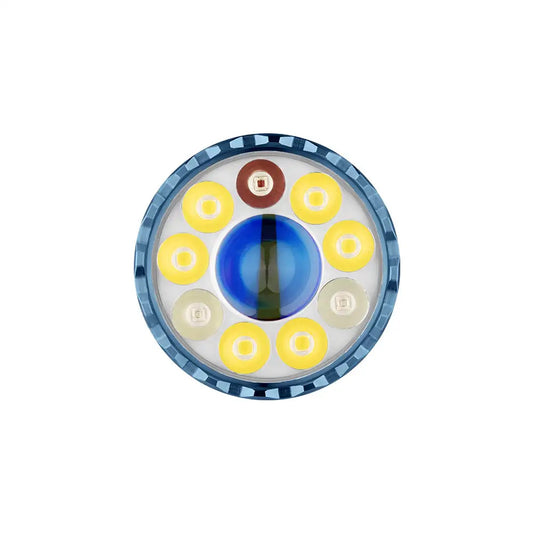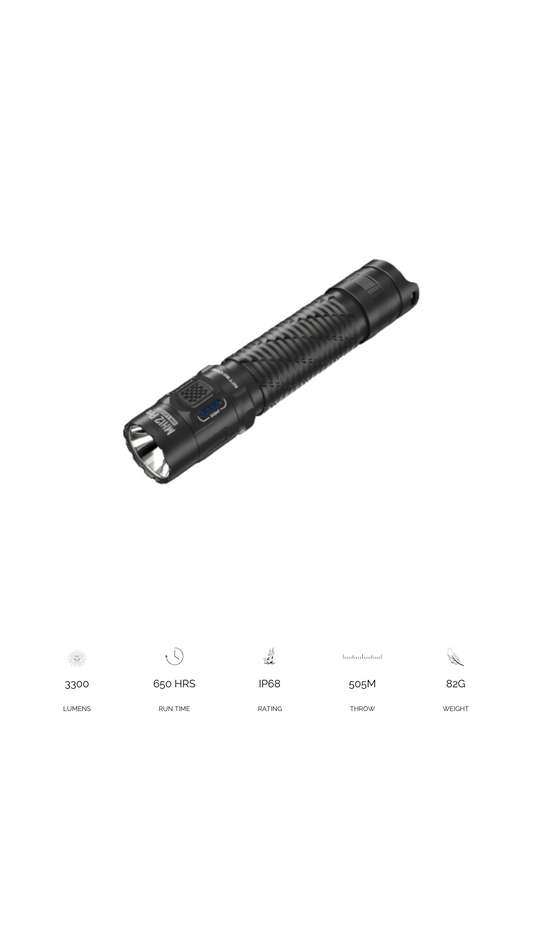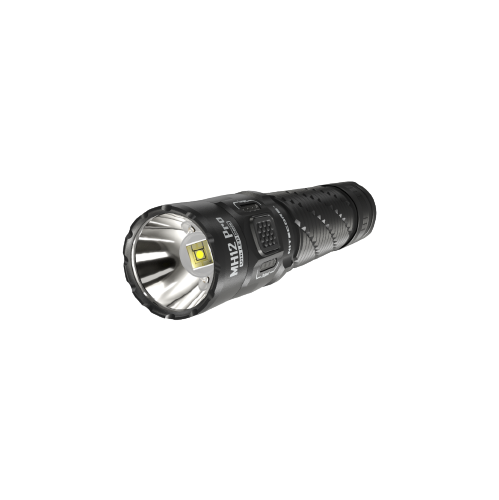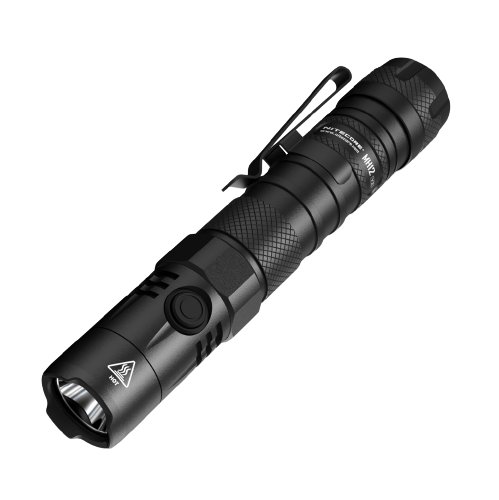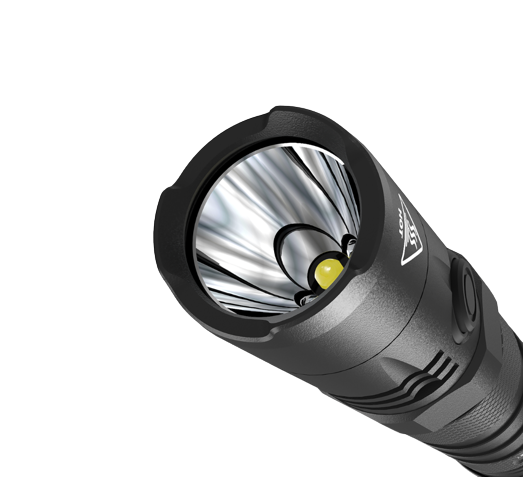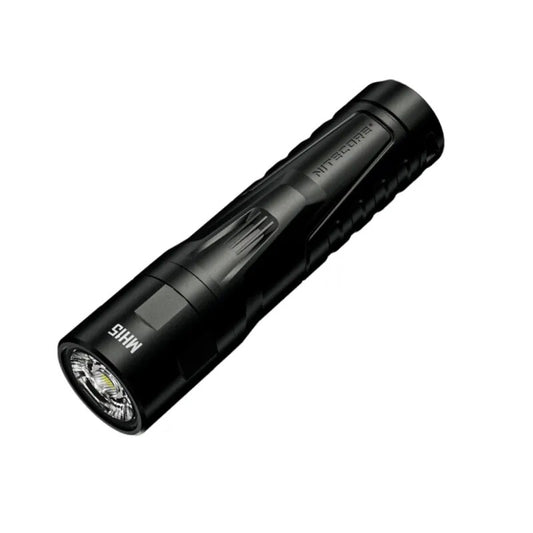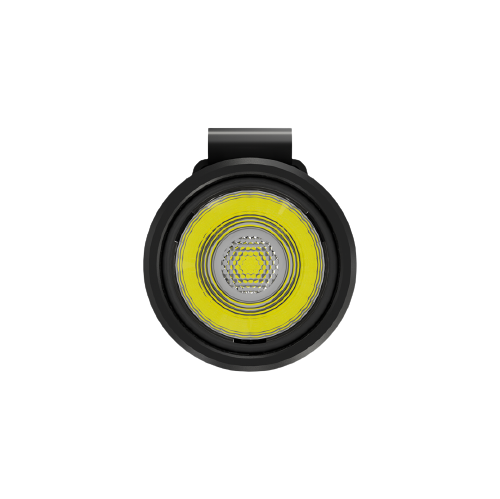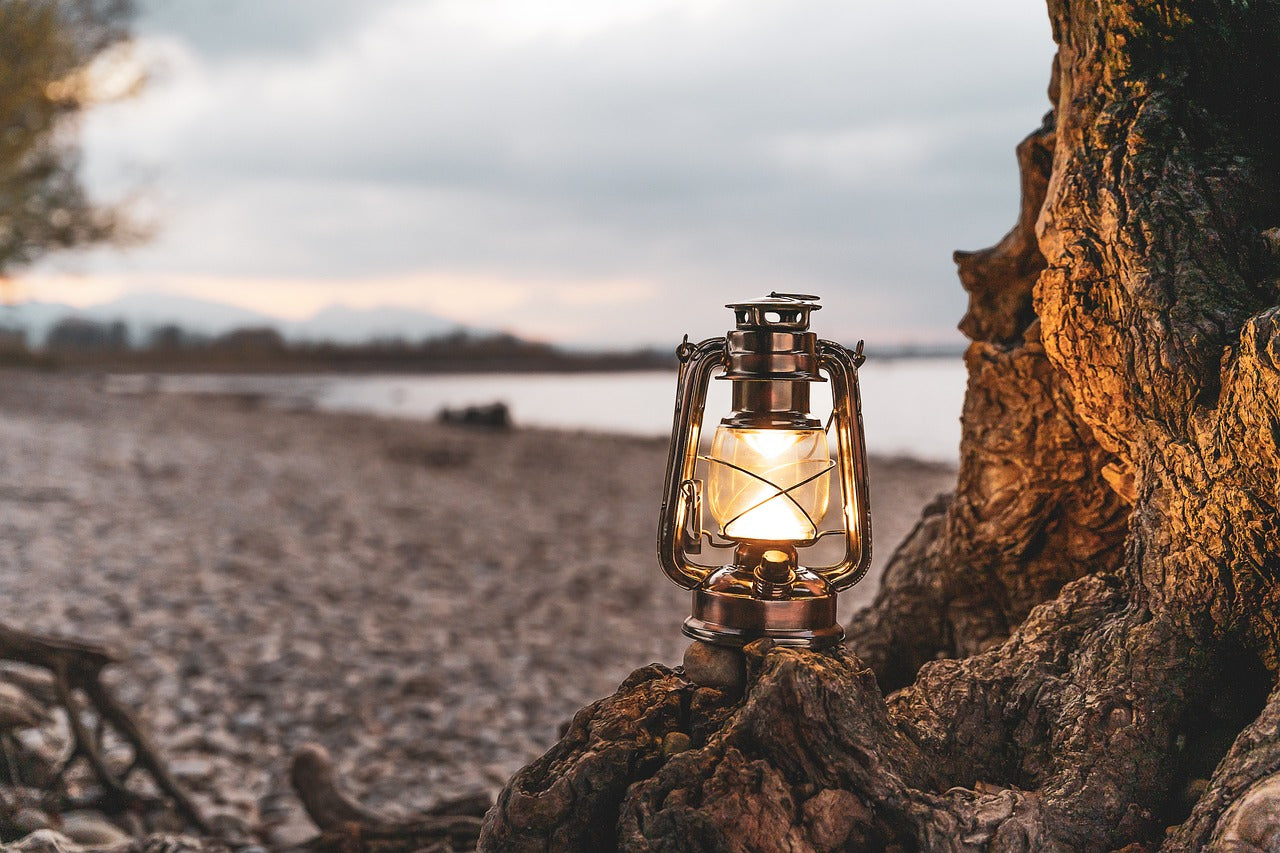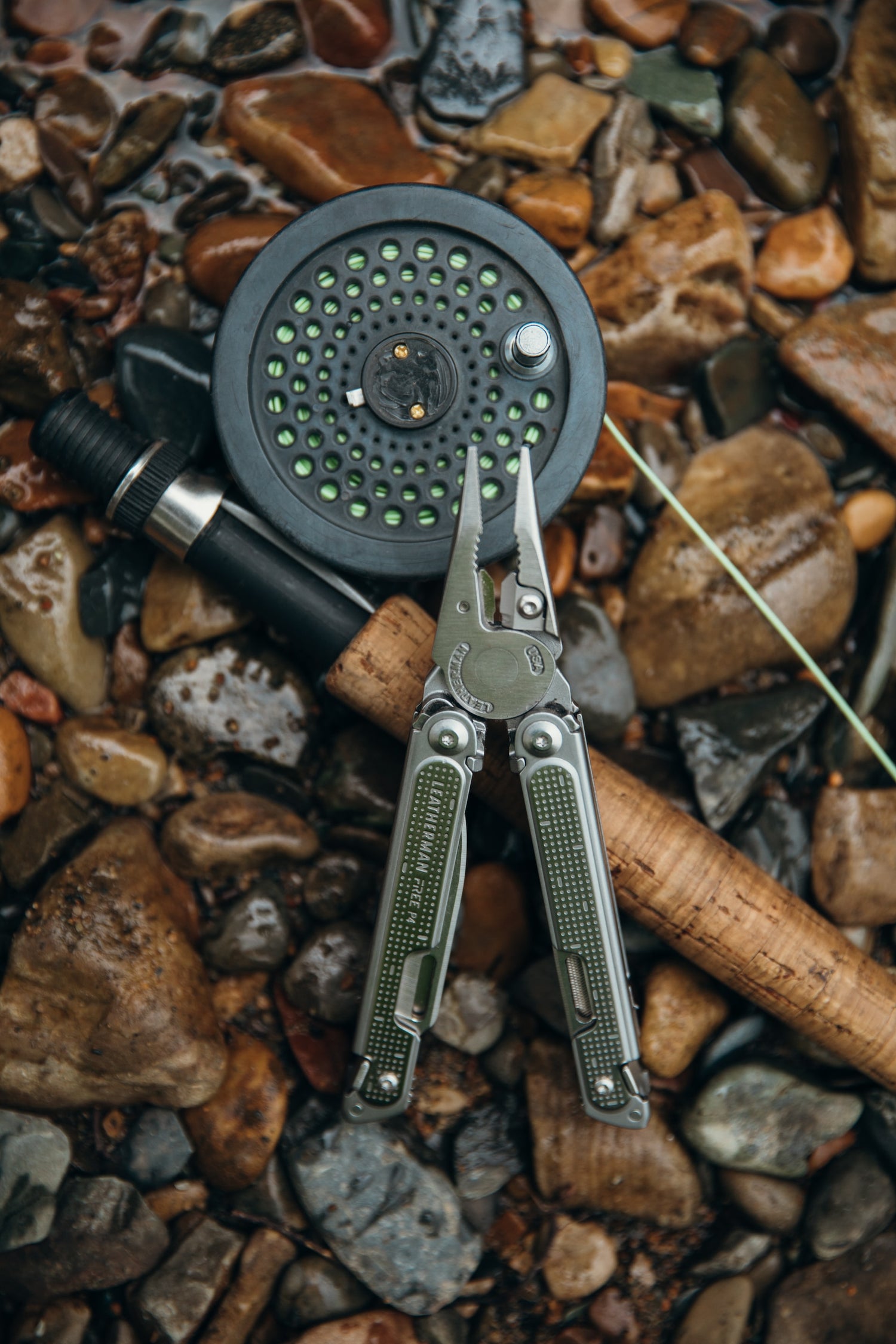
Every Day Carry VS Bug Out Bag
Have you ever fumbled for a charger during a critical call or yearned for a simple bandaid on a miles-long hike? These everyday frustrations highlight the importance of preparedness. And you're not alone. Many find peace of mind in readily available essential gear for common inconveniences or unforeseen emergencies.
So let's get into the common types of kits that are out there in the world of preparedness: EDC (Every Day Carry), GHB (Get Home Bag), BOB (Bug Out Bug), and Inch Kit. And it can get a little cloudy out there. Everyone has a different take on what goes in the kit, which is perfectly okay. Your situation is unique, from where you live to where you work and the distance you travel or will need to travel. So you do you.
But these are our two cents on the differences between BOB and EDC. We won't discuss the rest, as we want this article to be brief.
So, what's the key difference between an Everyday Carry (EDC) and a Bug Out Bag (BOB)? Understanding these distinctions will equip you in creating a personalized preparedness strategy.
EDC: Your Daily Defense Against Minor Setbacks
Imagine a scenario where you encounter a minor setback during your day – a flat tire on your bike commute, a sudden downpour while running errands, or an unexpected power outage at home. An EDC is your toolbox designed to address these everyday hiccups. It's a compact collection of essential items you carry daily, prepared to confront common situations you might encounter throughout your routine.
The bag that usually follows an EDC Kit is much smaller than all other kits. Remember, Every Day Carry—not WWZ—is something that is on you whenever you leave the comfort of your home. It could include a compact umbrella because you live in an area with sudden downpours or pepper spray because you park in an underground garage.
Here's a list of the usual suspects that go into an EDC Kit.
EDC Essentials for Everyday Preparedness:
- Multi-tool: A versatile multi-tool incorporates various useful functions, such as pliers, a screwdriver, a wire cutter, and a knife blade, all conveniently compacted into a pocket-sized device.
- Flashlight: A reliable flashlight provides illumination during low-light conditions or power outages. Choose a compact LED flashlight for optimal brightness and battery efficiency.
- Compact First-aid Kit: Be prepared for minor injuries with a curated first-aid kit containing essential bandages, antiseptic wipes, and pain relievers.
- Power Bank: A portable power bank ensures you can stay connected by recharging your electronic devices on the go.
- Small Notebook and Pen: A pocket-sized notebook and pen allow you to jot down important information or capture ideas on the fly.
- Zip Ties and Paracord are versatile utility tools with countless applications, from securing loose items to creating makeshift shelters in an emergency.
- Personal Hygiene Items: Maintain basic hygiene with hand sanitizer and wipes for on-the-go convenience.
- Small, Sturdy Knife: A small, folding knife can help cut tasks, open packages, or make minor repairs. [Local Knife Carry Laws] It's crucial to research and adheres to local knife carry regulations in your area.
The beauty of an EDC lies in its customizability. Tailor your EDC to your specific lifestyle and environment. For example, a cyclist might include tire levers and a patch kit for fixing flats, while an office worker might find a stress ball or noise-canceling headphones more beneficial for their daily needs. That's what goes in your kit.
Say Hi, Bob.
Bug Out Bag: When Evacuation Becomes Necessary
A Bug-out Bag (BOB) prepares you for a more serious situation—a natural disaster, widespread power outage, or evacuation order. It's designed to sustain you for a longer period, typically 72 hours, while you flee the area or wait for help to arrive. The contents of your BOB should be carefully considered to ensure you have the essential supplies to survive until help arrives or the situation improves.
As the name suggests, this is a bag for you to get out of dodge. The bag will be significantly bigger, with a capacity of at least 35l and a much higher build quality.
Essential Items for Your Bug Out Bag:
- Sturdy Backpack (48-72 Hour Capacity): Choose a comfortable backpack large enough to hold all your essential supplies for several days. Consider padded shoulder straps and a hip belt for optimal weight distribution during extended carrying.
- Water Purification Tablets or Filtration System: Safe drinking water is critical during an emergency. To treat potentially contaminated water sources, include water purification tablets or a portable water filtration system in your BOB.
- Non-perishable Food (Enough for 3 Days): Stock your BOB with high-calorie, non-perishable food items that don't require refrigeration or cooking, such as energy bars, canned goods, and dried fruits.
- First-aid Kit (More Comprehensive Than EDC): Expand your EDC's first-aid kit by including additional medical supplies, such as prescription medications, antibiotics (consult your doctor for storage recommendations), wound dressings, trauma shears, and emergency medications for allergies or asthma.
- Navigation Tools (Map, Compass): A detailed map of your local area and a compass will aid navigation in case of communication disruptions or power outages. Of course, knowing how to use these tools is essential. Relying heavily on GPS and your mobile is fine when the grid is up.
- Emergency Shelter (Tarp, Bivy Sack): A lightweight tarp or bivy sack can provide temporary shelter from the elements during an evacuation. Now you aren't going on a camping trip, so forget the two-piece three-man tent with attached bathroom. It needs to be light. You are bugging out. Shelter-Leave. You're not staying for the after-party.
- Sleeping Bag: For optimal warmth, consider an emergency sleeping bag. These lightweight, compact bags are designed to reflect your body heat, keeping you warm even in cold weather.
- Emergency Blanket: These thin, reflective sheets effectively retain body heat, making them suitable for activities like cooking, hunting, or fishing where movement is frequent. However, their material may not be as durable or comfortable as a dedicated sleeping bag for extended use.
- Cash and Important Documents: Cash is King. Do you need gold and silver? Fiat currency a scam? Thats nice. We are not talking about investing or where to park your money. We aren't talking about end-of-the-world scenarios, the collapse of the world economy, or anything of that nature; you just need to get the hell out of dodge. So keep a cash stash in small denominations, as electronic transactions might be unavailable during a crisis. No one is going to give you change for that gold coin. They might rob it from you, though. Also, keep copies of important documents like your passport, insurance information, and identification cards in a waterproof container.
- Signaling Devices (Whistle, Mirror): A whistle and a signal mirror can attract attention from rescue teams in an emergency.
- Clothing and Footwear for Various Weather Conditions: Pack a change of clothes and sturdy footwear appropriate for your climate to ensure you're prepared for different weather scenarios. Consider including insulating layers like a fleece jacket and a rain poncho for unforeseen weather changes.
- Sanitation Items (Toilet Paper, Trowel): Maintain basic hygiene during an evacuation with toilet paper and a camping trowel for waste disposal in outdoor settings.
A BOB is significantly larger and heavier than an EDC because you will be carrying more stuff, so portability is a key consideration. Choose a backpack that you can comfortably carry for extended periods, and regularly review and update its contents to ensure everything is in good working order and has not expired.
The Mini Bug Out Bag: Bridging the Gap
Let's face it: carrying a full BOB everywhere isn't practical. A miniaturized BOB sometimes comes in handy. This streamlined version focuses on getting you home safely during unexpected events like a natural disaster or widespread power outage. Think of it as a bridge between your EDC and a full BOB.
Equipping Yourself for Unexpected Events with a Mini Bug Out Bag:
- Smaller Backpack (24-Hour Capacity): Choose a smaller, lightweight backpack (20L) that can comfortably hold essential supplies for 24 hours.
- Water Bottle (with Purification Tablets): A reusable water bottle and water purification tablets ensure hydration during your journey home.
- High-Calorie Snacks (Bars, Energy Gels): Pack easily digestible, high-calorie snacks to maintain energy levels while traveling home.
- Basic First-Aid Kit: Be prepared for minor injuries with a basic first-aid kit containing essential bandages, antiseptic wipes, and pain relievers.
- Rain Gear (Poncho): A lightweight rain poncho protects you from unexpected downpours during your trek home.
- Headlamp/Flashlight: A hands-free or compact flashlight illuminates your path in low-light conditions.
- Warm Hat and Gloves (Depending on Climate): Include insulating layers like a warm hat and gloves if you live in a climate with colder temperatures.
- Cash and ID: Carry a small amount of money and your identification in case you need to make purchases or show proof of identification during your journey home.
- Sturdy Shoes: Comfortable, sturdy shoes are essential for navigating potentially uneven terrain during your trek home.
- Cell Phone Charger (Optional): A portable phone charger can be a lifeline if your phone battery dies during an emergency. However, reliability may depend on access to functioning power sources along your route home.
- Map of Your Local Area (Marked with Your Home Route): A local map marked with your preferred route home allows you to navigate even if GPS is unavailable.
By having both an EDC and a mini Bug Out Bag, you're prepared for a wider range of situations. Your EDC tackles the day-to-day, while your mini BOB provides security during unexpected hiccups, ensuring you can get home safely should the need arise. A full BOB serves as a last resort for emergencies requiring extended evacuation or sheltering in place.
Remember: Regularly review and update the contents of your EDC and Bug-out Bag. Replace expired items, ensure electronics function properly, and adjust contents based on seasonal changes or personal needs. These are not pack-once-and-forget kits. Wear and tear, expiry, rust, and malfunctions are common. And you want to ensure these bags are good to go when you need to go.
Taking Charge of Your Preparedness
Equipping yourself with an EDC and a Bug Out Bag empowers you to respond calmly and effectively during unexpected situations. Remember, preparedness is about more than just having the right gear. Consider taking a first-aid course and familiarize yourself with basic survival skills like navigation and shelter building. By combining proactive preparation with the right tools, you can increase your confidence and security no matter what challenges come your way.


